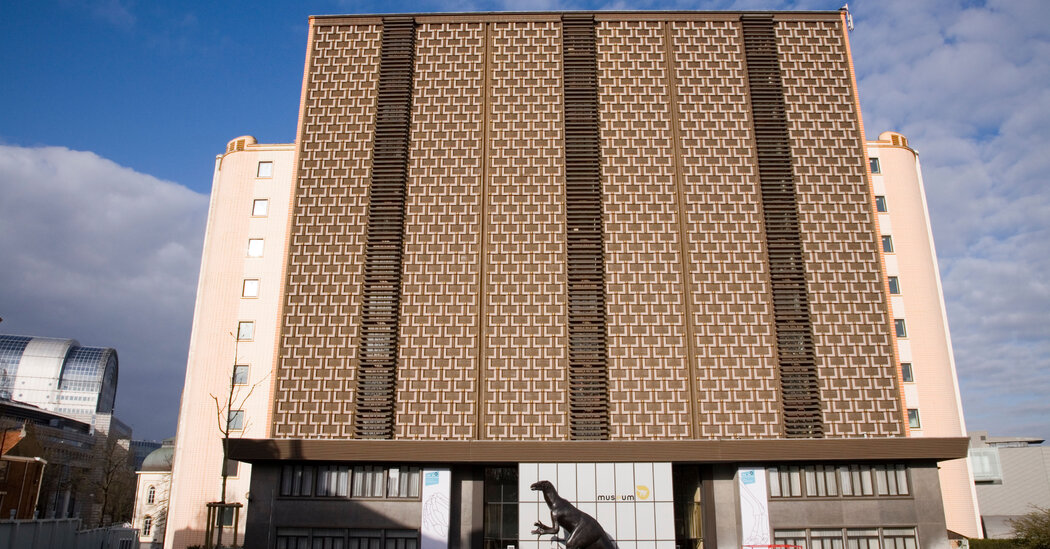- cross-posted to:
- [email protected]
- cross-posted to:
- [email protected]
For decades, Belgium failed to return the remains of hundreds of people taken by force from former colonies. A draft law could change that, but critics say it is not going far enough.
Once a powerful local Congolese leader, Lusinga Iwa Ng’ombe fought back against Belgian colonial invaders in the late 19th century.
He was such a thorn in their side that Émile Storms, who commanded Belgian troops in the region, predicted his head would “eventually end up in Brussels with a little label — it would not be out of place in a museum.”
That is exactly what happened. Troops of Mr. Storms killed and decapitated Mr. Lusinga in 1884, and his skull ended up in a box in the Brussels-based Institute for Natural Sciences, along with over 500 human remains taken from former Belgian colonies.
His descendants are struggling to have his remains returned, their efforts unfolding against the backdrop of a larger debate about Europe’s responsibility for the colonial atrocities, reparations and restitution of plundered heritage.
Several European countries, including Belgium, have set up guidelines to return artifacts, but the process has been painfully slow.
If you have a strong stomach, go read up on what the Belgians did in the Congo. They even took photos. It’s depraved. Perverse.
Cliff’s notes: Belgian King Leopold II convinced countries that he would take Congo for humanitarian purposes and also implement free trade. He focuses on rubber production and forced local populations to meet production quotas. If you did not meet your quota, they took your hand. If you didn’t meet it again, they’d either take another body part or take a body part (heads were not unheard if) of one of your children. Millions were murdered. But King Leopold II and Belgium got a lot of money so it was all worth it in the end, right? /s
The Rubber Plantations were run as corporate states, and 10 - 15 million people were killed. One of the biggest mass murders in the history of Colonial Capitalism.
Roughly equal to the numbers caused by the British East India company when they caused various famines in Bengal and India by exporting all their grain.
This is the best summary I could come up with:
King Leopold II of Belgium seized a vast part of central Africa in the mid-1880s, including the modern Democratic Republic of Congo, which he exploited for personal profit with immense cruelty.
In 2020, King Philippe of Belgium expressed his “deepest regrets” for his country’s brutal past in a letter to the president of the Democratic Republic of Congo on the occasion of the 60th anniversary of its independence, but he stopped short of an apology — which many feared would open the door to legal action by those seeking reparations.
Mr. Couttenier, along with a colleague, Boris Wastiau, broke a decades-old silence about the acquisition and continued storage of the remains, which were known to only a handful of scientists, making the information public through scientific conferences and exhibitions.
One of the researchers working on the report, Lies Busselen, discovered that from 1945 to 1946, a colonial agent, Ferdinand Van de Ginste, ordered the exhumation of about 200 skulls from graves in the Congolese provinces of Kwango and Kwilu.
Mr. Dermine said that his administration consulted the authors of the inventory report — but they recommended that Belgium unconditionally repatriate all human remains in federal collections directly linked to its colonial past.
Fernand Numbi Kanyepa, a sociology professor at the University of Lubumbashi who heads a research group working on the issue of restitution, said that the return of the skull of Mr. Lusinga was important for the whole Tabwa community, to which he belonged.
The original article contains 1,425 words, the summary contains 245 words. Saved 83%. I’m a bot and I’m open source!




